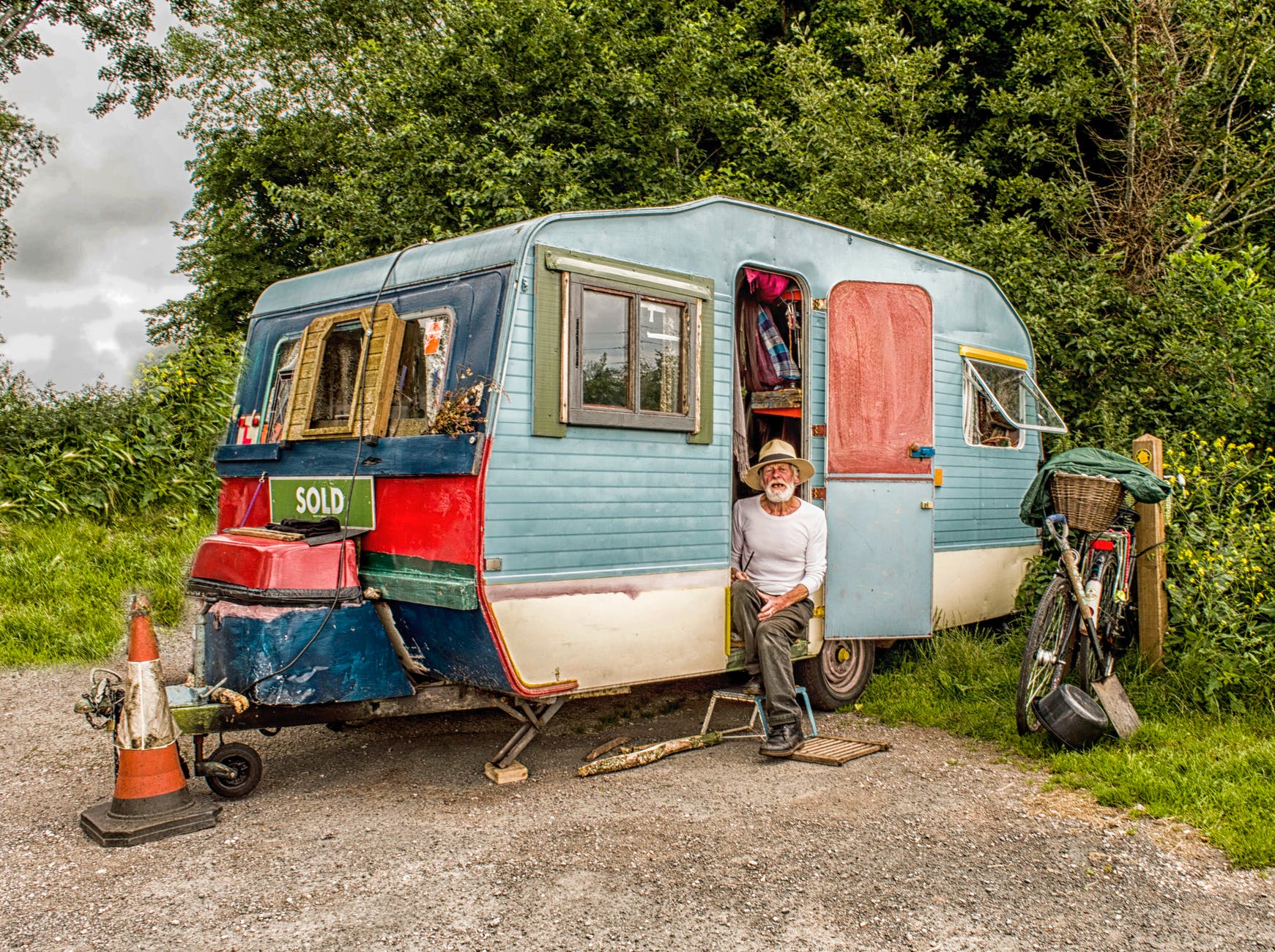
The release timing of Nomadland could not be better. Here we are, in a national crisis that has put millions out of work. The employed and the unemployed are suddenly living remote lifestyles.
A few weeks ago, Nomadland started gaining major attention on Hulu, and I decided to watch it. The movie is liberating, realistic, and heartbreaking all at once.
Here is a large group of past-retirement adults. They roam around the United States working seasonal jobs for different reasons. Some do it for pleasure. However, many do it as a necessity. This is due to the lack of the social safety net that was seemingly certain when they were kids.
Great Recession and then COVID
The rallying cry after the Great Recession was “What about the Millennials?” The lopsided focus ignored the fact that many adult homeowners across the country had lost their homes and careers. This got to the point that some were delivering pizza to stay afloat.
Even in the midst of strong post-Recession economic growth, the economy of many U.S. counties was actually shrinking. The people in these areas were already relatively poor. The Recession made them even poorer. Six states, eight years after the Recession, showed outright contraction. (See map above)
“Nomadland: Surviving America in the 21st Century”, the book version, was published in 2017 about a decade after the Recession. It clearly reflects that for many, the Recession never ended.
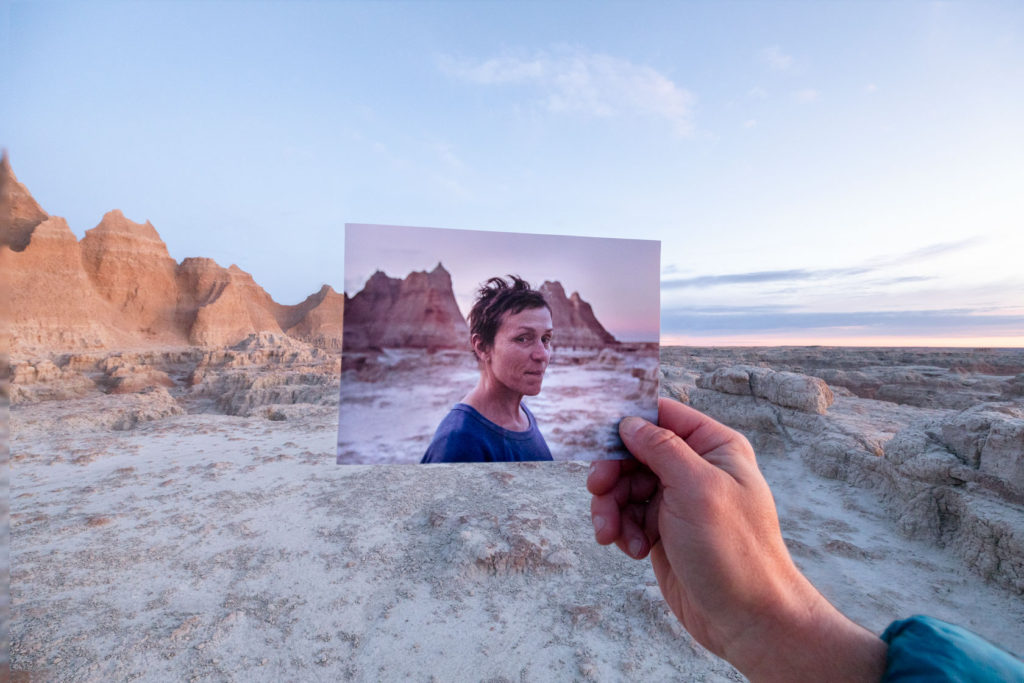
The American Dream is not Necessary
As many “Millennials” found, the American Dream is not necessary to actually being happy in America. It’s easy to see that we weave back and forth from “do it ourselves” mentality to wealth worship, ever more frequently. It took longer for Baby Boomers to realize this, but when they did, they ran with it.
Older workers’ paychecks are not only threatened during the virus crisis. Their very life is at risk when working people-facing jobs. Staying in a hyper-dense urban area could be fatal for them.
Becoming an “involuntary nomad” is a way out.
Frances McDormand’s character “Fern” is an outstanding case study. She’s a 60-something widow in a one-business gypsum mining town in Nevada. Fern lost both her house and job. She decides to pack her belongings into a van she comically nicknames “Van Halen”.
It’s notable that real people who were profiled in the book constitute most of Nomadland’s cast.
How real is the movie? Here’s a perspective video from a real nomad, Carolyn, who was an extra in the cast of Nomadland.
Ageism
As of 2019 U.S. census data models, 19.4% of the U.S. population were over age 65. 38.5% was over 50, including the previous segment. 19.1% of the previous set were between age 50 and 65, not yet retirement age, and “in the workforce”.
Non-retired Americans tend to experience difficulty finding work, even if they had been in a leadership role. And yet, the age 20-50 demographic (39.5%) ends up shouldering much of the work burden for the rest of the country. This is not sustainable.
In 2018, an AARP survey found that:
- Nearly one in four workers (age 45 and older) have been subjected to negative comments about their age from supervisors.
- About 3 in 5 older workers have seen or experienced age discrimination in the workplace.
- 76% of these older workers see age discrimination as a hurdle to finding a new job. A report found that over half of these older workers are prematurely pushed out of longtime jobs. 90% of them never earn as much again.
The biting reality of ageism as a bias is this: We will all one day grow old.
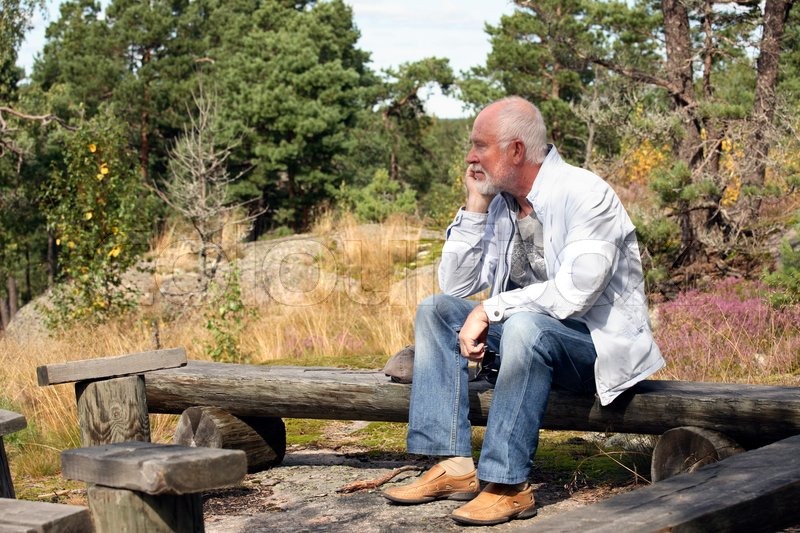
Temporary Jobs / Lack of Work
In Nomadland, many of the nomads represent a transient workforce. The “campers” travel seasonally from worksite to worksite. They go where work takes them, since a conventional work environment would not “take” them.
While inherently different, this parallels the archetype of “migrant workers” as overwhelmingly Hispanic and working in agriculture. It underlines a need for a renewed focus on that. My mother worked for years as a teacher/home worker with United Migrant Opportunity Services and Head Start, and poverty is something that touches everyone. People face unique challenges, and the problem must be looked at from a birds’ eye view.
Somehow we all survive. Carolyn, mentioned above, relates her nomadic decision to “how they keep you in a job for 40 years and a mortgage for 30 years, so you’re shackled as workers for the powerful and rich elite”.
The nomads in the movie/novel aren’t completely detached from “the rich and powerful”, however. One of the standout scenes features Frances McDormand doing seasonal work at a corporate warehouse. The company actually hosts a jobs program specifically for nomads.
So there is a symbiotic relationship with gig labor that allows them to live their lifestyle. What does that say about the companies that host them? That’s at your discretion.
Beyond seasonal gigs, these nomads will also work as campground hosts, for low pay ($800 per month on the high end). This can sometimes be perilous, even if it fits the lifestyle well. On our recent trip to Death Valley, we had the pleasure of being greeted by one of these hosts, who had plenty of stories from the road. He seemed to genuinely enjoy hearing about our journey, and even gave us tips for the next leg.
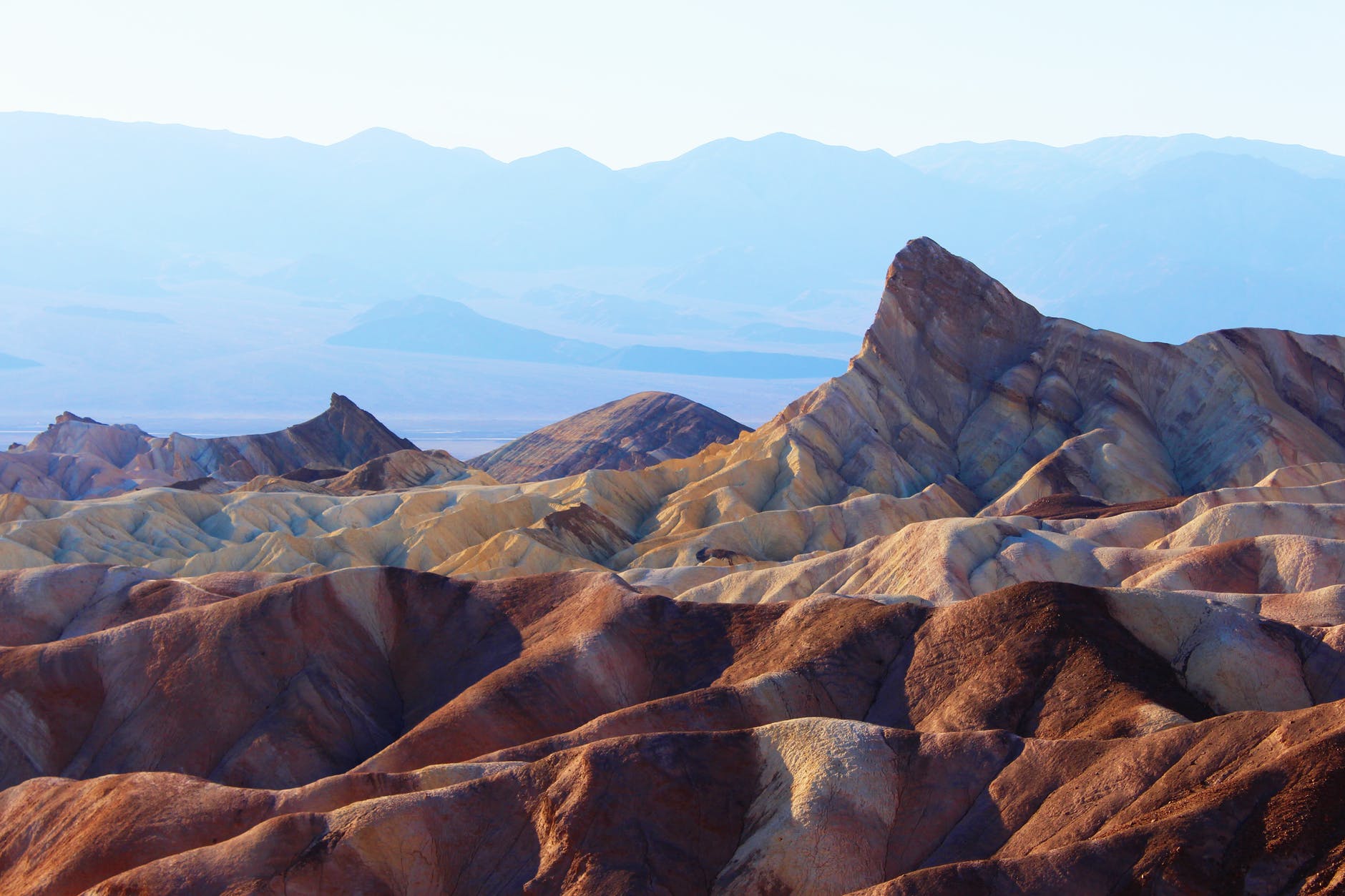
What You Want vs. What You Need
Many of these nomads believe that they are living better and cheaper than they did when they actually had an apartment or house. Their vehicles are mostly set up to be self-sustaining. Some even have solar panels which can power everything they need, sans electricity bill. One can live the recreational vehicle lifestyle on $500 per month. Your consumption costs will go way down.
They also feel that they are using their “good years in a good way”. One nomad referenced Henry David Thoreau’s “Walden”, “Why would you work all your life to have a little bit of freedom at the end of your life, when if you could live efficiently, you could adventure through life now?”
Bob Wells is the leader of the Rubber Tramp Rendezvous, a national gathering of the nomads in Quartzsite, AZ. His story is unique. He just finished a divorce, making payments to alimony and child support. Like many divorced fathers around the country, he had lost so much of his life. This was a turning point for him. He decided living in a van was actually a step up for him, hasn’t looked back, and has grown to lead the gathering each year.

The Places We Left, the Places We’re Going
The towns that these nomads left will continue on without them, but may continue to shrink and dwindle. However, I pointed out something important in my recent articles, Why Are We Ignoring the Midwest? and 4 Reasons You Should Leave the City. The post-virus “Great Dispersal” could repopulate those areas with new infrastructure, regenerating economy and services around it.
In a completely apolitical sense, the “Buy American” act seems destined to pass through Congress. According to a White House press release, “The U.S government should, whenever possible, procure goods, products, materials and services from sources that will help American businesses compete in strategic industries and help America’s workers thrive.”
The electric vehicle (EV) sector is also in review in a White House supply chain order, and solar cell usage is heating up all around the country. These changes could be a replenishment to rural areas, in both the private and the public sectors. Most of these industries fall under manufacturing and union labor, a key driver for these “elder nomads”.
We are in the midst of a seismic change in America. If a rising tide lifts all boats, why not lift up our aging workers?
“Everything in life is security and comfort vs. freedom. You guys live in nice houses, you have all the comforts, you have very limited freedom.”
– Bob Wells, “Perspectives on Mobile Living” Documentary
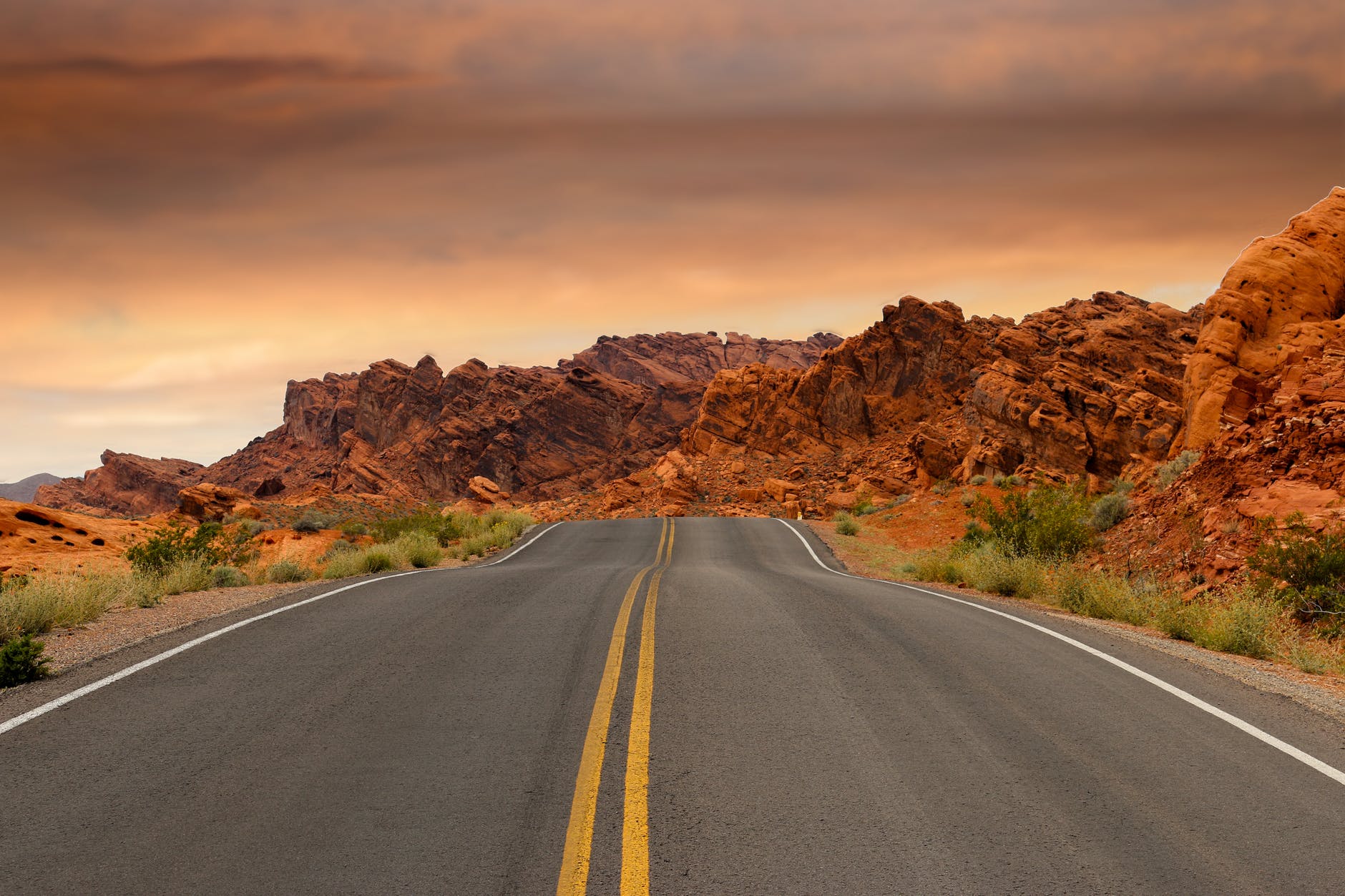
Sign up to the Origin Story mailing list or more helpful professional tips!